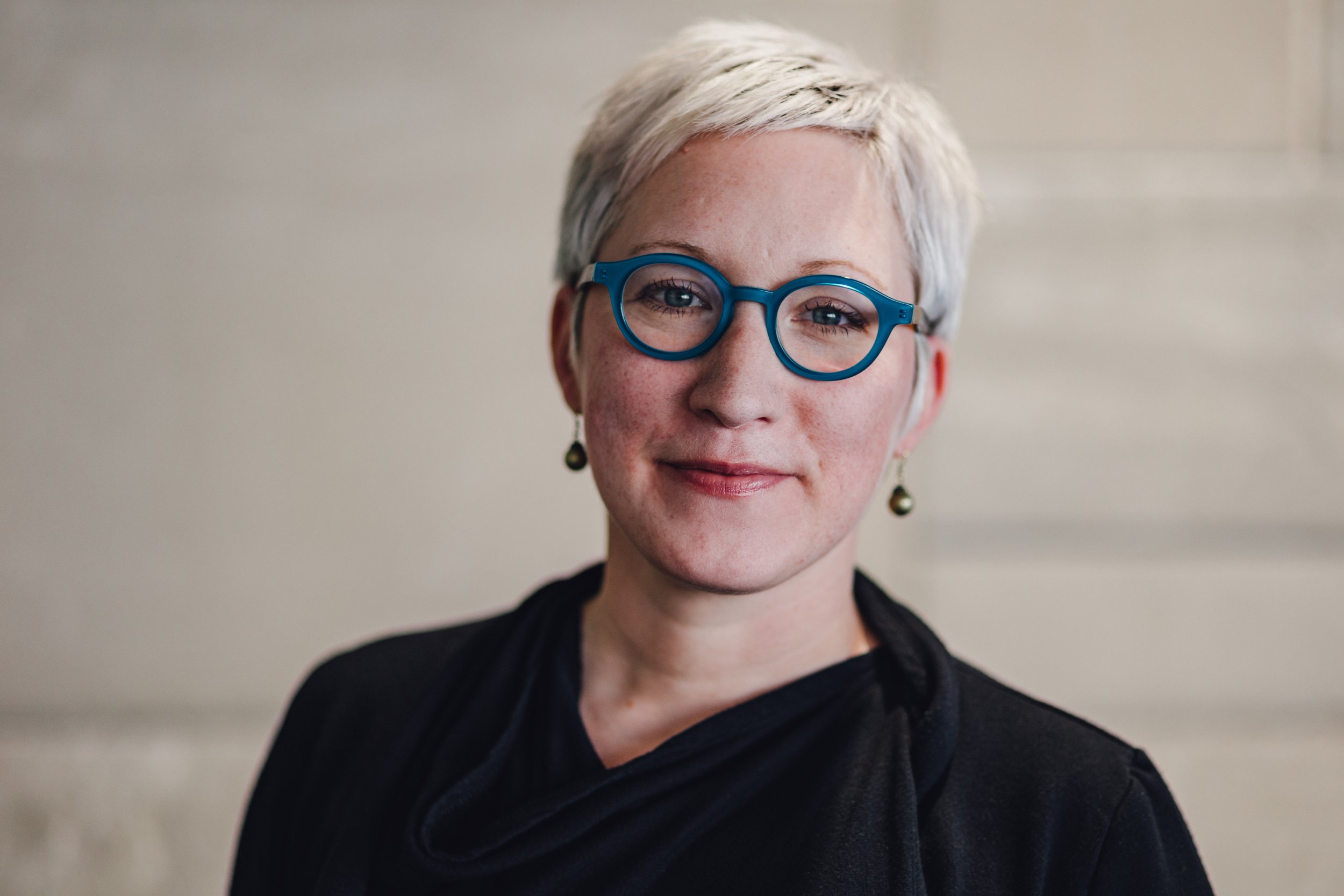Church Anew Blog
Get Updates in Your Inbox
Want to stay up-to-date with the Church Anew Blog? Sign up for our weekly blog round-up.
Now Open Between Easter and Christmas
A congregation in the town next to ours has a new main outdoor sign. Recently the sign said, “Now open between Easter and Christmas.” I wondered what they meant by the phrase and why they used it?
What Will You Tell Your Grandchildren?
I believe we are in another “what we tell our grandchildren” moment with Afghans, Ukrainians, Haitians, Venezuelans, and so many more, fleeing war and violence around the world and seeking protection in the U.S. What will tell our grandchildren when they ask us how we responded?
The misfortune (good fortune?) of a stress fracture
So, from the vantage point of the wheelchair, I learned a few lessons that I hope will be helpful to others. The lessons start with a full assessment of a church campus, and an open invitation to the congregation and persons who visit the campus regularly to offer ideas about how the campus can truly serve all of God’s people.
EXPLORE OUR ARCHIVE OF ARTICLES FROM
Walter Brueggemann
Get Updates in Your Inbox
Want to stay up-to-date with the Church Anew Blog? Sign up for our weekly blog round-up.




